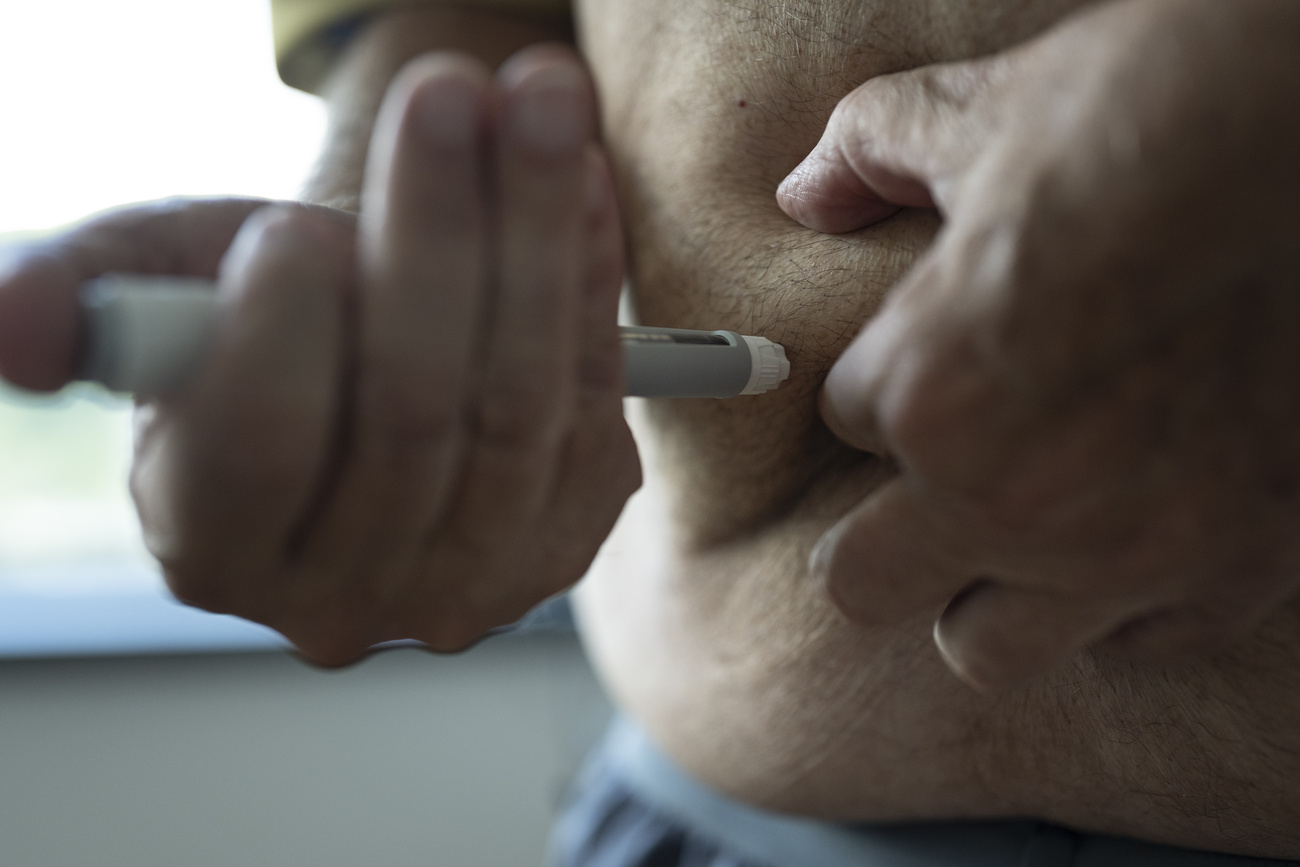
When the army killed civilians

Rightwingers call a meeting which leftwingers see as provocative; demonstrators protest and violence erupts – not Bern in 2007, but Geneva in 1932.
The events that unfolded in Geneva 75 years ago were of a very different order from the riots which appalled the Swiss public in the run-up to October’s elections.
They left 13 people dead and 65 injured, and called into question the way in which the authorities handled public disorder.
This was the last time the army was used against civilian demonstrators. The tragedy sparked a debate which is still very much on the agenda about the role troops should play in backing the police.
The trouble occurred against the background of a meeting called by the far-right National Union party demanding a public trial of the leaders of the far-left Socialist party, whom it accused of fomenting civil war.
The Geneva authorities refused to ban the meeting, despite the danger of clashes. They were nevertheless nervous enough to ask for army reinforcements. They were sent raw recruits from Lausanne, just six weeks into their training.
The socialist leader, Léon Nicole, harangued the crowd that had gathered outside the building where the right-wingers had gathered. The police were unable to keep control and the troops called in to help found themselves surrounded by hostile demonstrators.
Order to fire
In the melee, a trumpet was sounded to warn the crowd to disperse, but it appears that no one understood the signal. An officer then gave the order to fire one shot. Some soldiers obeyed, some did not, some fired into the air, some emptied their magazines.
It lasted only a few seconds. Of the 13 who died, several were passers-by.
The crowd vanished. “All that was left was all those bodies on the pavement. It was a terrible thing to see in the light of the street lamps,” recalled one of the soldiers involved.
Swiss television journalist Claude Torracinta made a film about the shooting in 1977, and spoke to some of the troops who were there.
“They found it hard to accept responsibility, even so long after the event… Each one found it hard to admit that he had fired,” he told Swiss French radio.
Of all the army members that Torracinta interviewed in 1977 only the officer who gave the order was prepared to say that it was the right thing to have done.
“The demonstration of November 9, 1932 must be seen in the context of the fear people had of revolutionary upheaval,” Professor François Walter of Geneva University told swissinfo.
Fear of revolution
The 1930s was a period of worldwide economic crisis, which did not leave Switzerland untouched. There was widespread unemployment and no social security as the country enjoys today.
“In the 1930s the legitimacy of the democratic regime was called into question. Some people wondered if the system was not going through a crisis that would justify other experiments, perhaps the overthrow of the authorities by a revolution,” said Walter.
In 1932, conservative fears focused on the Russian revolution; Hitler had not yet come to power in Germany and the dangers of fascism were not evident to the average Swiss.
But although the leftwing demonstrators were largely blamed for the tragedy in Geneva, even at the time questions were asked behind the scenes about the handling of the event, Walter explained.
If the rightwingers exploited it at first, the left has marked the anniversary ever since.
“But I see that there has never been as much discussion of 1932 as there is this year,” Walter commented. “The further we move from 1932, the more important it becomes. It is now part of the Swiss historical consciousness.”
swissinfo, Julia Slater
The army had been used against the National Strike of 1918, in which three workers had been killed.
The shooting on November 9, 1932 was the last time troops were used against civilians in Switzerland.
The event is often cited in the ongoing debate on the use of the military to back up the police.
At present army personnel are used for guarding foreign embassies, as a back up for frontier guards and for ensuring the security of civil aviation.
The Swiss parliament has agreed to allow up to 15,000 troops to assist civilian protection forces at the Euro 2008 football championships, but they will not be used to confront possible hooligans.
The 1930s was a period of worldwide economic crisis. Unemployment was rife in Switzerland.
Parties of the extreme right and extreme left attracted a growing number of supporters.
The extreme left drew inspiration from Soviet Russia, while the extreme right admired the regime of Mussolini in Italy.
Much of the press blamed the demonstrators for provoking the shooting.
Socialist Party leader Léon Nicole was sentenced to six months in prison for his role, but in the subsequent elections the Socialists gained a majority in the Geneva government.
In 1935 the Socialist Party moved away from its previous revolutionary programme. Nicole was expelled in 1939.
In 1982 an official monument in memory of the victims of the shooting was erected in Geneva.

In compliance with the JTI standards
More: SWI swissinfo.ch certified by the Journalism Trust Initiative































You can find an overview of ongoing debates with our journalists here . Please join us!
If you want to start a conversation about a topic raised in this article or want to report factual errors, email us at english@swissinfo.ch.